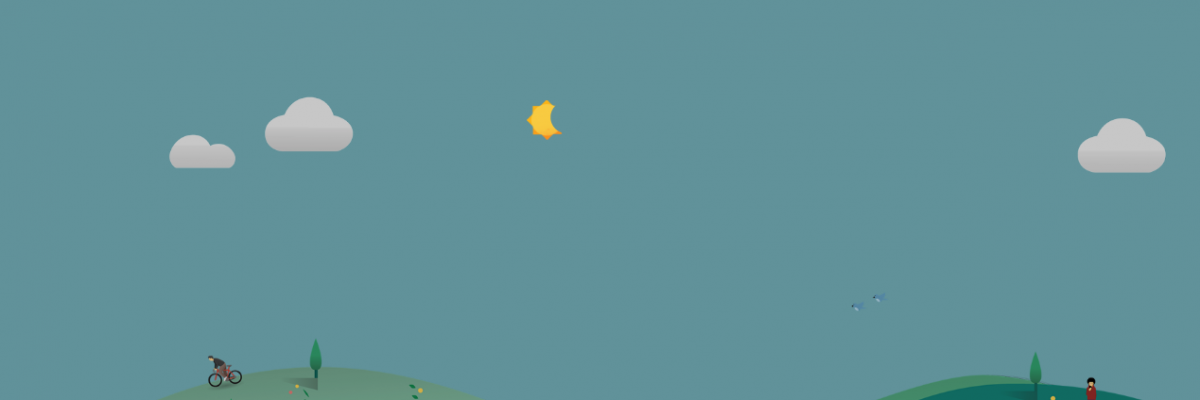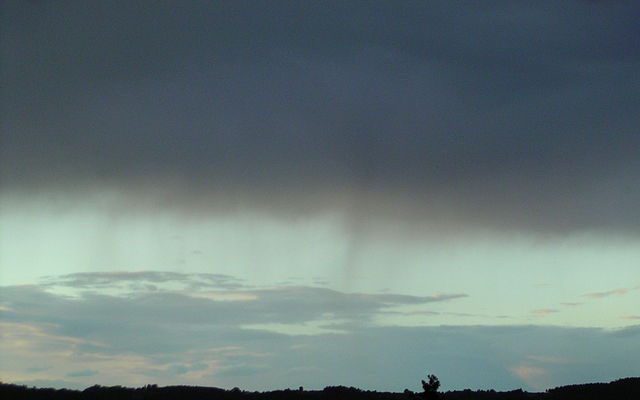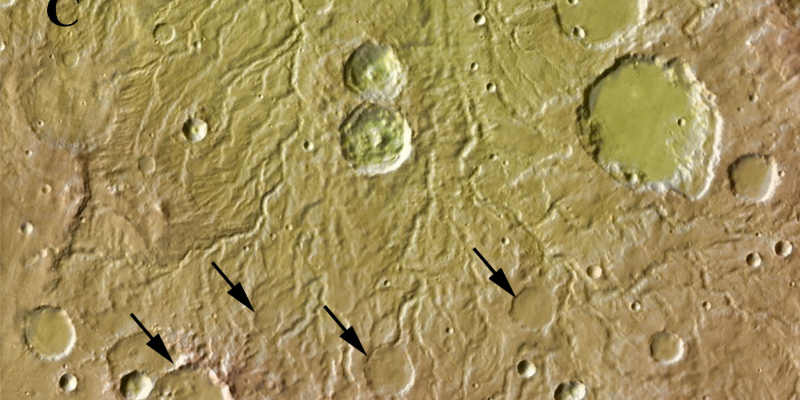Climate science
-

EarthSky had an interesting post this morning about why sunsets take longer when you are near a solstice, as we are (the summer solstice is coming up next week). You might be interested in reading more about it. You can see the article here.
Posted in: Climate science -

Here’s an interesting article from Fivethirtyeight.com about why NOAA and USDA have slightly different plant hardiness zone maps. These maps help gardeners determine what kind of plants are likely to do well in a given location and are based primarily on lowest minimum temperatures. Because of the way they are calculated, the two maps show…
-

There have been many stories published about the upcoming solar eclipse in August 2017, which will be visible across the Southeast. You can see a movie of what it will look like at your location by going to https://eclipsemega.movie/simulator?lat=31.45046290000001&lng=-83.50849729999999 and entering your location in the box.
-

In the past I worked for the National Weather Service in the Office of Hydrology, determining the magnitude of 100-year rainfalls. A 100-year-rainfall is the amount of rain that has a 1 in 100 chance of occurrence in a given year. Note that it does not mean that it can only happen once in a…
-

KQED Science had an interesting article this week about how historical paintings from the past can shed light on the amount of pollutants (both natural pollutants like volcanic particulates and human-injected pollutants from industry and transportation) in the atmosphere and how they change the way the sky looks. I’ve talked about this in the past,…
-

Sometimes you can see rain falling from the sky and evaporating as it falls through a drier layer of air near the surface. This can show up on radar too as an echo with nothing hitting the ground, since radar measures rainfall above the surface. This is called “virga” and it is fairly common, especially…
-

Unless you’re Matt Damon, you’re unlikely to think about agriculture on Mars anytime soon, but it’s still interesting to speculate on what the weather might have been like there in the past. EarthSky posted a story this week about how geologists and other scientists are determining the past weather on Mars and the signs for…